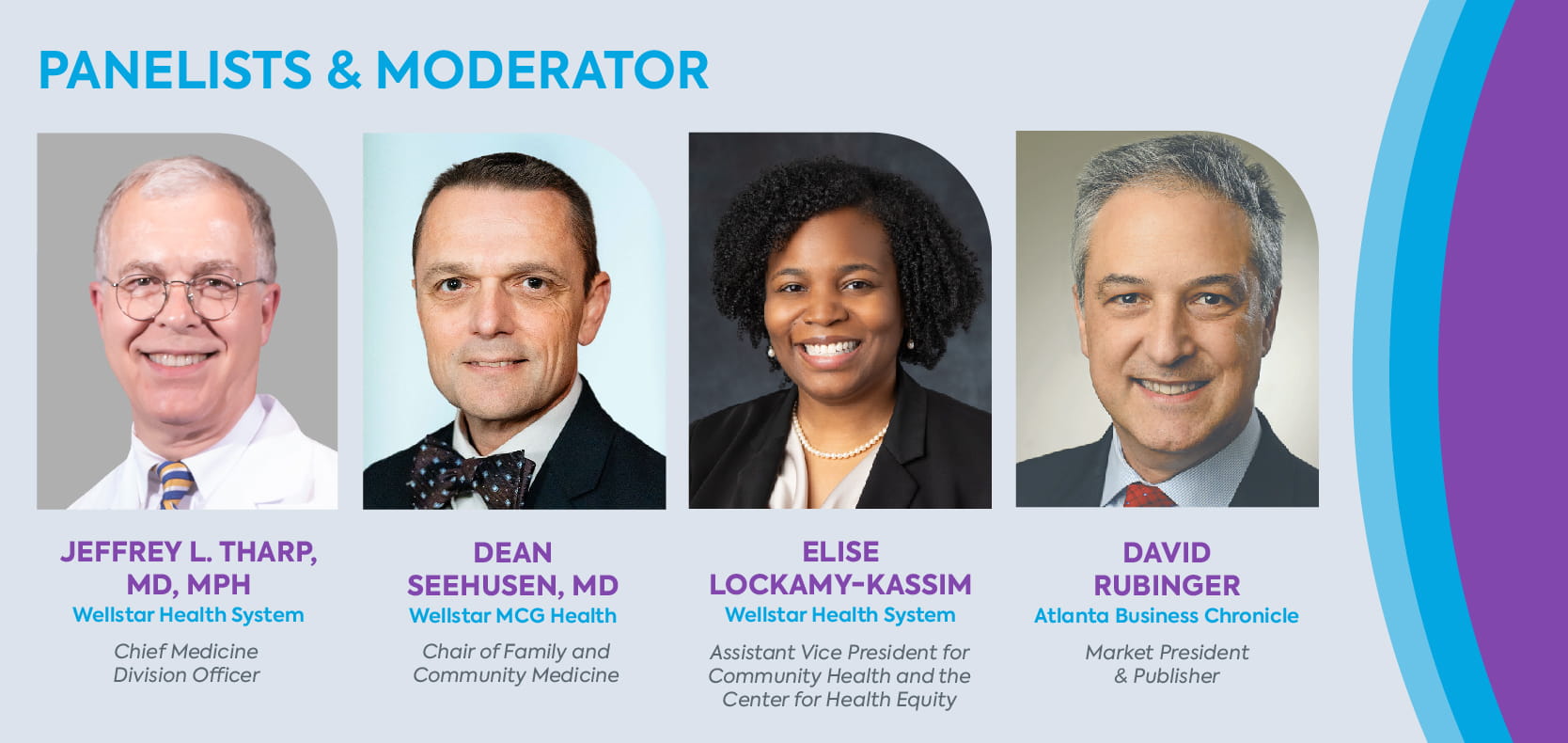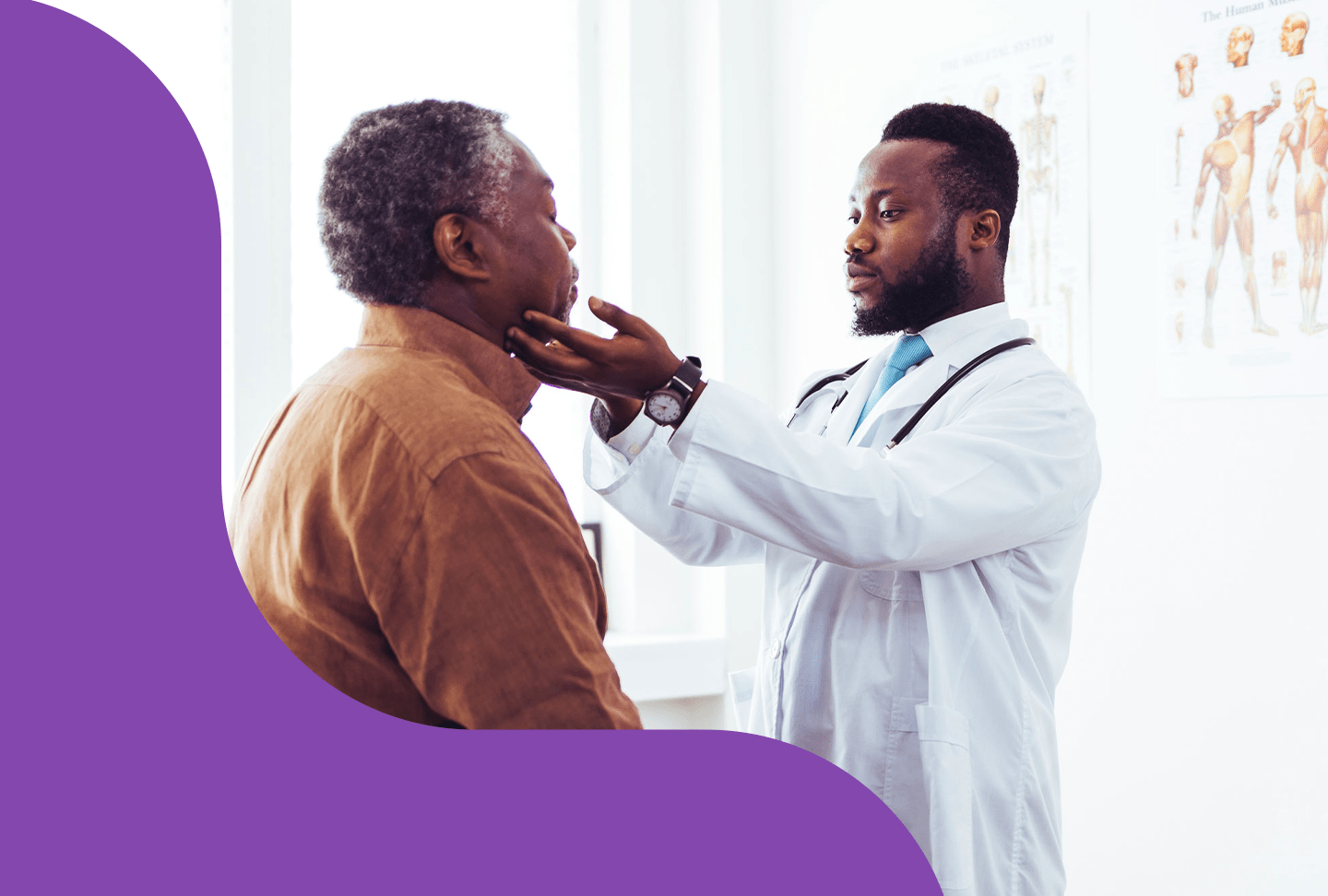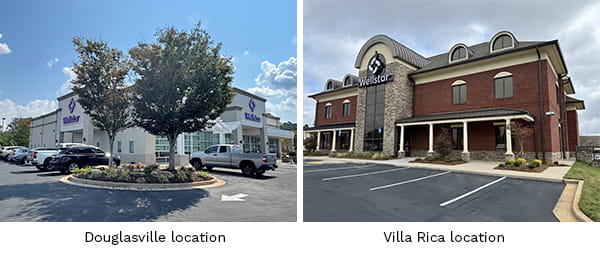This article was originally published on Atlanta Business Chronicle on January 6, 2024.
Primary care is the initial and ongoing healthcare individuals receive from pediatricians, internal medicine or family care providers from prevention to the management of common health issues. Primary care fosters enduring patient-clinician relationships and facilitates specialized care when needed. Insufficient primary care can lead to delayed or inadequate medical attention, resulting in undetected health issues, unmanaged chronic conditions and increased reliance on emergency services—which can have significant cost impacts.
Without a robust primary care system, preventive measures, early intervention and continuity of care are compromised, contributing to poorer health outcomes, higher healthcare costs and strain on emergency resources. According to data compiled by the Kaiser Family Foundation, approximately 3.3 million—a third of Georgians— reside in an area grappling with a shortage of primary care. Recognizing the urgency and importance of addressing this issue, leaders from Wellstar Health System joined the Atlanta Business Chronicle for a panel discussion. The conversation delved into the crucial significance of primary care and the challenges that persist, shedding light on the need for strategic solutions in healthcare management.
Panelists & moderator

- Elise Lockamy-Kassim, AVP, Community Health & Center for Health Equity, Wellstar Health System
- Dr. Dean Seehusen, chair of Family & Community Medicine, Wellstar MCG Health
- Dr. Jeffrey Tharp, chief medicine division officer, Wellstar Medical Group
- David Rubinger, market president and publisher, Atlanta Business Chronicle
Reaching the population avoiding medical care
David Rubinger: What strategies can community health providers use to reach out to individuals who haven’t sought medical care until they end up in the emergency room with a chronic condition? What specific approaches does Wellstar employ to effectively bring people into the healthcare system in a more manageable and proactive manner?
Dr. Jeffrey Tharp: Outreach is pivotal in addressing the root issues you mentioned. We understand that a person’s health significantly influences their lifestyle and quality of life. At Wellstar, we actively raise awareness, an integral part of the fabric that emphasizes the importance of a healthier lifestyle. Interestingly, insurance companies play a role in this by recognizing the cost benefits of keeping individuals healthy. Many insured individuals receive outreach, even in their homes, encouraging health assessments and connecting with primary care physicians.
Wellstar conducts numerous community campaigns through various channels, including community events, the media and in our offices and hospitals, highlighting the value of maintaining health and establishing a relationship with a primary care physician.
Elise Lockamy-Kassim: To add on to what Dr. Tharp said about reaching out to the community, we know health results are driven by non-health issues. The majority of our health outcomes are attributed to other things like where we live, where we go to work, where we send our children. Health literacy is needed outside health providers’ offices. Wellstar partners with organizations like Ser Familia to reach Spanish speakers and connect them with health resources in their community. Another example is our partnership with BLKHLTH. African Americans are about 20% more likely to get colorectal cancer and about 40% more likely to die from it than most other groups according to the American Cancer Society. Together, we distribute colorectal cancer kits to the community members that enable them to test and get results at home.
Rubinger: What factors contribute to men’s lower likelihood of seeking medical attention?
Dr. Dean Seehusen: It hasn’t been a cultural norm in America for men to seek out healthcare. I think part of it is also about the interaction that families have had with medicine over the years. Women get screening tests at a much younger age than men, like pap smears and mammograms, on a regular, ongoing basis. Considering traditional family dynamics, who also takes children to the doctor? Traditionally, it was the mother. She was going to the doctor herself annually, and men waited until they had chest pain for the first time. There wasn’t that equivalent of an annual exam associated with screening tests that men had in customary American medicine.
Rubinger: I’ve noticed a positive shift in the American health community acknowledging and addressing the reluctance of men to prioritize health check-ups. Recent advertising featuring athletes, unconventional in traditional public service ads, indicates a cultural change. How do you perceive the impact of technological advancements in further influencing the healthcare narrative and possibly addressing the healthcare-seeking behavior within the male dynamic?
Lockamy-Kassim: If I put on an equity lens, I could think of the male population as an underserved group in healthcare in certain ways. We’re addressing that, especially in the Center for Health Equity here at Wellstar, because we are bringing care, awareness, health literacy and health education to people where they are.
We’ve had many campaigns with people at churches and social service agencies where they just live their lives. We will bring the healthcare to you and that represents a shift. Across the industry, we’re returning it to where it used to be when you had a doctor make house calls. We see the benefits of that model.
Telemedicine and accessibility
Rubinger: Amid the challenges of COVID, a silver lining is the increased accessibility of healthcare through telemedicine. The positive aspect lies in the enhanced efficiency of interactions and features like online scheduling. How has that changed how you all practice medicine?
Dr. Seehusen: Wellstar is leading the way in telehealth. We are contacting many rural parts of Georgia, not just the Augusta or Atlanta area. There’s a statewide network that we are reaching out to via telehealth that includes ICU and emergency care, and we’re even doing a lot of hospital-type care at home now. It’s paving the way for the future of what healthcare can look like.
On the flip side, when we try to deliver primary care via telemedicine, equity becomes an issue. There is a subset of our patients who do not have the hardware or do not live in a neighborhood that has Wi-Fi connectivity. There is still work to be done on the primary care side with telemedicine. Once you get into the more specialized care, we’re doing some fantastic things that I’m proud of.
Dr. Tharp: To echo Dr. Seehusen, what has been done at Augusta University has really led the way for much of what the rest of us have learned along the way. Virtual care is a skill set that primary care physicians rarely had before COVID—how to perform it or what was appropriate to do via telemedicine.
The access issue is a double-edged sword. It does help some people, but on the other hand, there are areas where broadband is not great, or you have elderly folks who may not know technology. We must ensure that we give appropriate care when it needs to be in-person versus virtually and provide access to technology to as many people as possible who can’t afford that luxury.
Lockamy-Kassim: Evolving patient needs have forced us to grow as innovatively and quickly as the industry grows. In a church setting, we provide broadband hotspots, laptops and free services to individuals we encounter. You’re going to learn the signs and symptoms of whatever health topic we’re addressing. We will give you the tools to access primary care. We’ve had to be creative with our funding and partnerships to make sure we’re not creating more inequity as we pursue this new space.
Dr. Tharp: An example of patient care improvement as a result of the pandemic, particularly with the diabetes epidemic, is the advent and promotion of virtual diabetic education classes. Previously, multi-hour comprehensive diabetic classes could be difficult to schedule with respect to work and family responsibilities and transportation. Having the ability to do all that virtually has increased people’s knowledge, and we’re seeing metrics improve in diabetic control, almost to the same degree as adding on another medicine. It’s a vivid example of how we’ve been able to use this technology and help people’s lives on the primary care side.
The value of having a primary care physician
Rubinger: Unfortunately, people would use their emergency room as their primary care physician. What can be done to help educate people on where they should go first, and how do you decide which care is best for your medical situation?
Tharp: There are different values when having a relationship with a primary care physician, such as access, quality of care and individualized care. When starting that relationship, there’s often an access problem since there are so few primary care physicians in the state and nation to accommodate our needs.
One tactic in building relationships with patients is connecting them with a specific physician or practice when they visit the emergency room. Although the process isn’t perfect, having a designated contact helps streamline communication. When a patient is identified, the initial step is knowing who to call, and from there, the referral process can begin. While it may not always be as fast as desired, establishing this relationship can also involve routing the referral through an urgent care facility in some instances. Having your own primary care physician can help you overcome some of the difficulty in navigating the U.S. healthcare system. Those benefits we see with that primary care patient relationship must start with knowing who to call.
Seehusen: Once a patient has experienced primary care with a provider they regularly see, establishing a relationship with true continuity occurs. This provider ideally knows not just the patient but also their entire family and medical history. It’s about getting them into the door. Then, we must develop systems where, again, access exists. The faces are stable enough that even if it’s not the same one face, it’s at least a small team of clinicians who are seeing that patient repeatedly.
A small team might be made of one physician and a couple of nurse practitioners and that small team really gets to know that patient and vice versa. You won’t have to convince those patients of the value of primary care. Those patients are much less likely to show up at an urgent care center or the emergency room because they know they want to see that team.
Lockamy-Kassim: While conducting our Community Health Needs Assessment, we held a Community Summit—a community-centered event similar to a focus group. With community members in each of our service areas, we identified access to care as a critical community challenge. One of the first aspects they mentioned as being the best asset in their community was the presence of a Wellstar Graduate Medical Education clinic or primary care facility. We know that neighborhoods are comprised differently. One of the ways that we can make entry points for primary care instead of the emergency room is to have primary care facilities in high-need ZIP codes.





